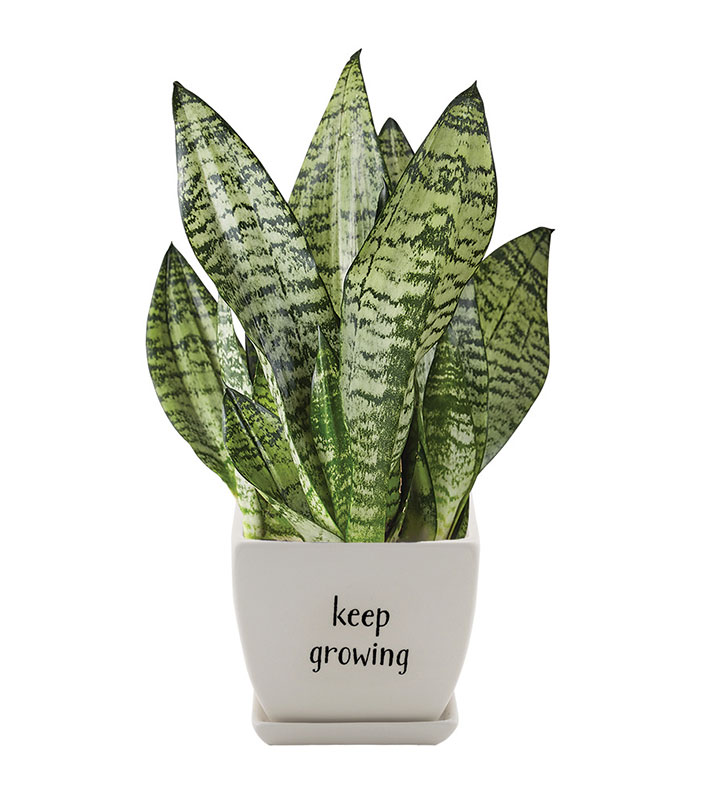We hope you love the products we recommend! Just so you know, Trendy Mami may collect a share of sales or other compensations from the links on this page.
–
Mixing furniture styles can give your home a unique, curated look that represents your personal style and aesthetic. But many people struggle with incorporating different colors and elements into their space. After all, it can be hard to choose different styles, colors, and textures, without making everything overly cluttered.
However, there are some design rules to consider if you’re interested in mixing furniture styles. Feel free to use these guidelines to curate a cohesive and intentional look for every room in your house!
Tips for Mixing Furniture Styles
Aim for Balance

One of the most important tips to keep in mind when mixing furniture styles is to create balance. Things should be evenly distributed, not just in terms of space, but also in color and texture as well. And while pieces don’t need to match, they should work together in one way or another.
Not quite sure what this means in terms of home decor? Here are some things to consider to balance your home:
- Symmetry and Asymmetry: Both have their place! Create a sense of order with symmetrical arrangements (matching side tables by your bed) or add interest with asymmetrical arrangements.
- Visual Weight: Balance heavy or bulky furniture pieces with lighter, more delicate ones
- Color and Pattern: You don’t want your space to look too busy or too uniform. Offset bright colors and bold patterns with neutral tones and designs.
- Eras: Create a dynamic look by integrating items from different eras. You’d be surprised at how good a room can look when it has both modern elements and vintage pieces. For example, a 19th-century mirror above a modern entryway table.

Consider a Theme

An easy way to shop and decorate for a specific room is to have a style theme in mind. It makes it easy to visualize an end goal and to collect objects that fit the desired aesthetic.
If you love a rustic look, then you might want a farmhouse-style dining room or kitchen. If you like Art Deco, you can choose geometric shapes and graphic patterns for your living room. And if you’re more of a boho person, style your boho bedroom with natural textures and whimsical décor items.
When decorating your home, you’ll find that some rooms are much easier to style than others. A lot of people have trouble with the office, as office furniture tends to be rather corporate and outdated-looking. When styling your office, skip the bland industrial look and choose a wooden desk or colorful bookcase instead.

Choose 1-2 Repetitive Elements

If you want your space to look intentional, you’ll need to choose a couple of elements that bind everything together. This really can be anything, like a specific color, material, pattern, or texture. Once you have picked out an element or two, then we recommend adding several of them to a single space.
While this can help you decide on furniture, it also works well for smaller, decorative items too. For example, we really like the look of a linen accent chair and a linen duvet cover for the bedroom. Or for your kitchen, you can match your copper hardware to a copper pendant light.
Center Around a Statement Piece
Is there a certain piece of furniture or artwork that you just love? It could be an oversized piece of art, a decorative chandelier, or a brightly colored couch or rug. Use that as a starting point for your room, and then build your aesthetic around that. You can incorporate similar colors or textures to create a contrast and balance.

If the piece is really eye-catching and hard to match, don’t worry. In order to create balance, you can always aim for more subdued or neutral pieces that work with any style. That way, you can highlight your statement piece and still have a room that blends in with it.
Limit Your Color Palette
Decorating with various textures, styles, and design elements can make your room look too busy. However, mixing furniture styles can still work if you limit the number of colors you choose.
We’re not saying that you should stick to white, black, or brown. You can still create a cohesive look by choosing complimentary colors that fit your aesthetic. But instead of a rainbow of hues and shades, stick to a maximum of three colors. Then, add in your different décor items or furnishes that fit within this specific palette.
However, if your goal is a maximalist design, then go ahead and have fun with the color! Using bold colors, layered patterns, and an abundance of design elements can also look good when done correctly.
Avoid Buying Matching Sets
If you really want that eclectic look, skip the out-of-the-box matching furniture sets. While they make furnishing a home easy, they often dominate the look of the room. As such, it can be really difficult to add your own unique sense of style on top of that.
Instead, feel free to experiment with different pieces from different collections. And yes, that means mismatched wood too! It’s totally okay to mix lighter-colored woods with darker ones (or even by adding brightly colored wood too). By sticking to the rules we’ve outlined above, you will still be able to create a cohesive look without matching pieces.
When it comes to interior decorating, don’t be afraid of mixing different furniture styles. Although it can be a difficult skill to master, these design tips can help you create the perfect space in your home. And remember, you don’t have to spend a lot to achieve your ideal aesthetic. There are lot of affordable projects and pieces to decorate your home on a budget.













